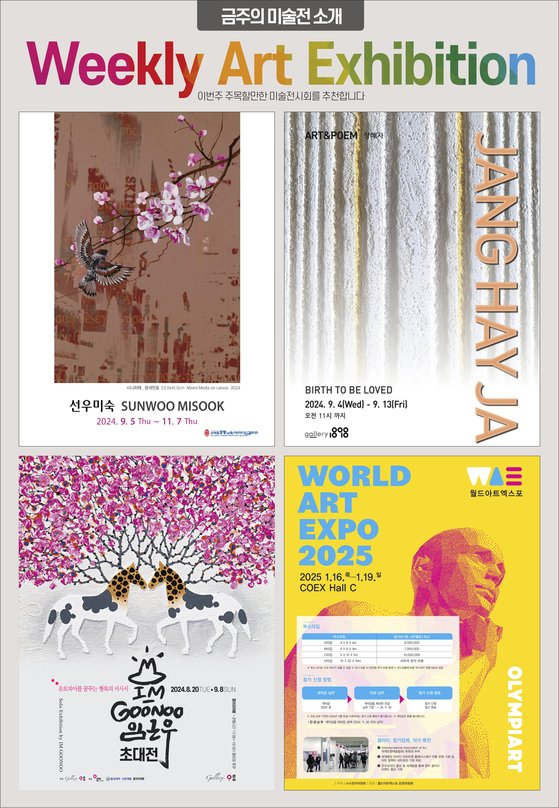







Joseph engerer
정말로 오랜만에 보는 정물화다.
처음 필자가 그린 정물화 생각이 난다.
이런 기초적인 그림을 그릴 줄 모르는 화가는
작품의 깊이가 없어지는 것은 당연하다.
미술사역사를 살펴보면, 정물화는 고대 이집트 무덤에서
발견된 그림에 뿌리를 두고 있다.
이러한 초기 표현은 사후 세계로 떠난 사람들과 함께할
개인 소지품과 음식을 설명하는 종교적 목적을 제공했다.
이 장르는 16세기 네덜란드에서 확고히 자리 잡았으며
네덜란드어 'stilleven'에서 '정물화'라는 용어를 만들어냈다.
처음에는 종교적, 도덕적 상징성을 담고 있던
정물화는 시간이 지남에 따라 변화했다.
17세기에는 풍부한 꽃 그림이 삶의 덧없음을 상기시키는 것과 병치되었고,
18세기에는 종교적 색채가 사라졌다.
19세기는 정물화 작품에 실험성과 생동감 넘치는 색상,
새로운 기법을 접목한 인상파와 후기인상파 화가들의 시대를 열었다.
이 시기의 상징적인 예로는 빈센트 반 고흐의 유명한 해바라기 그림이 있다.
20세기가 전개되면서 추상화가 중심이 되었고 단순화,
변화된 관점, 예상치 못한 색상 팔레트가 도입되었다.
정물화 장르는 현대에 이르러 조각, 퍼포먼스, 설치미술을 통해 발전해 왔다.
그러나 그 기원은 16세기 화가들이 종이(또는 목탄)와 연필을 휘두르는
기본적인 관행으로 거슬러 올라간다.
THE HISTORY OF STILL-LIFE
Delving into art history, still-life has roots in the paintings discovered
within ancient Egyptian tombs.
These early representations served a religious purpose,
illustrating personal belongings and food to accompany the departed into the afterlife.
The genre solidified its presence in the 16th-century Netherlands, coining the term ‘still-life’
from the Dutch word ‘stilleven.’
Initially laden with religious and moral symbolism, still-life transitioned over time.
In the 17th century, abundant floral paintings were juxtaposed
with reminders of life’s fleeting nature,
while religious undertones departed in the 18th century.
The 19th century ushered in the era of Impressionist
and Post-Impressionist painters, who infused experimentation,
vibrant colours, and new techniques into still-life works.
Iconic examples from this period include
Vincent Van Gogh’s renowned sunflower paintings.
As the 20th century unfolded, abstraction took centre stage,
introducing simplification, altered perspectives, and unexpected colour palettes.
The still-life genre has evolved through sculpture, performance,
and installation art in the contemporary era. However,
their origins can be traced back to the fundamental practice of artists wielding paper
(or charcoal) and pencil in the 16th century.
静物画の歴史
美術史を深く掘り下げると、静物画のルーツは発見された絵画にあります
古代エジプトの墓の中。
これらの初期の表現は宗教的な目的を果たしました。
亡くなった人があの世へ旅立つ際の持ち物や食べ物を描いています。
このジャンルは 16 世紀のオランダでその存在感を確固たるものにし、
「静物画」という用語を生み出しました。
オランダ語の「まだ」から。
静物画は当初、宗教的および道徳的象徴性を満載していましたが、
時間の経過とともに変遷してきました。
17世紀には、豊富な花の絵画が並べられました
人生のはかなさを思い出させながら、
一方、宗教的な要素は 18 世紀に去りました。
19世紀は印象派の時代を迎えました
そして実験を注入したポスト印象派の画家たち、
鮮やかな色彩と新しい技法を静物画に取り入れました。
この時期の象徴的な例としては、
フィンセント・ファン・ゴッホの有名なひまわりの絵。
20世紀が進むにつれ、抽象化が中心的な舞台となりました。
単純化、視点の変更、予期せぬカラーパレットの導入。
静物画のジャンルは、彫刻、パフォーマンス、
そして現代におけるインスタレーションアート。しかし、
その起源は、芸術家が紙を扱う基本的な習慣にまで遡ることができます。
16世紀の鉛筆(または木炭)と鉛筆。

![“AI가 그림은 대신 그려도 세상을 관찰할 순 없다” [더 하이엔드]](https://pds.joongang.co.kr/news/component/htmlphoto_mmdata/202409/06/f18ed9e1-9525-4238-af97-70f4458cc677.jpg)
![100주년 맞은 마이스터스튁, 두 번째 이야기 [더 하이엔드]](https://pds.joongang.co.kr/news/component/htmlphoto_mmdata/202409/06/32e287be-7e3d-496c-91f3-6d7a963f6623.jpg)
![키아프에 걸자마자 완판…도자기 인형, 삶과 죽음의 경계 말하다 [더 하이엔드]](https://pds.joongang.co.kr/news/component/htmlphoto_mmdata/202409/07/47f991b6-e636-4f75-a530-a22b6ad137eb.jpg)


![올 가을엔 ‘드뮤어 룩’ [김민정의 #해시태그 패션㊹]](https://cdnimage.dailian.co.kr/news/202409/news_1725582256_1404373_m_1.jpeg)
![어렵지만 힙해! 광주 비엔날레에서 뭐 볼까? [미술관 가자]](https://newsimg.sedaily.com/2024/09/08/2DE7OKZISI_1.png)
![[선데이 칼럼] 자기를 잃은 소년들의 표류기](https://pds.joongang.co.kr/news/component/joongang_sunday/202409/07/f54ee250-7fdd-4d57-9b01-6ac1aeb3dfc6.jpg)
![갑골문 성(聖)은 큰 귀를 가진 사람, 성인의 미덕은 경청[BOOK]](https://pds.joongang.co.kr/news/component/htmlphoto_mmdata/202409/06/561c4f53-ea18-43b5-88d7-7e2e04c1965a.jpg)